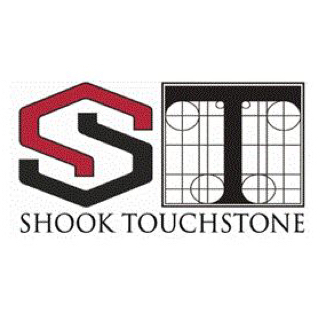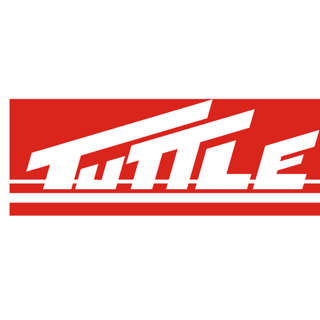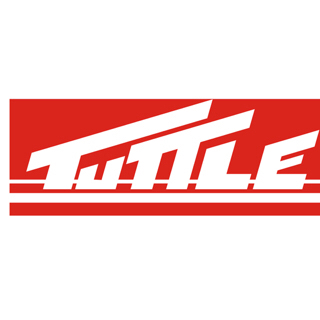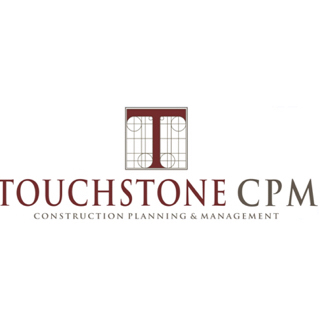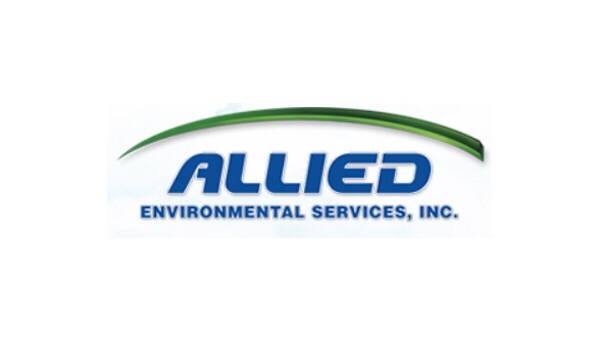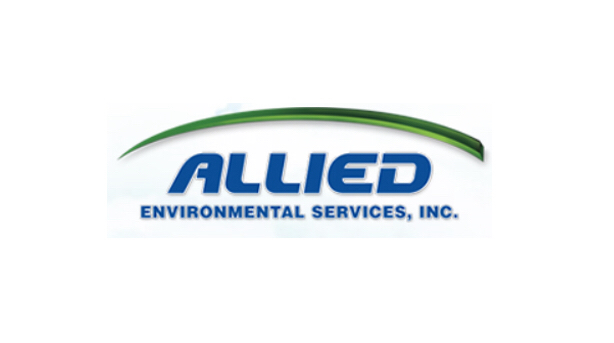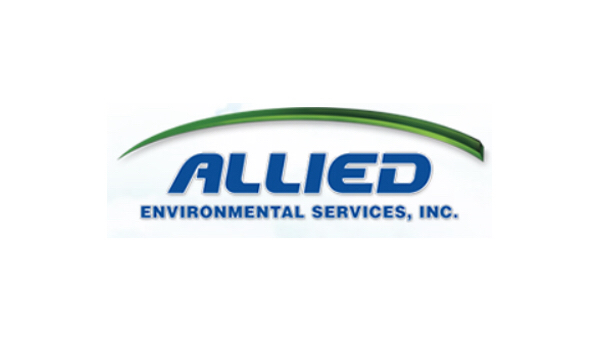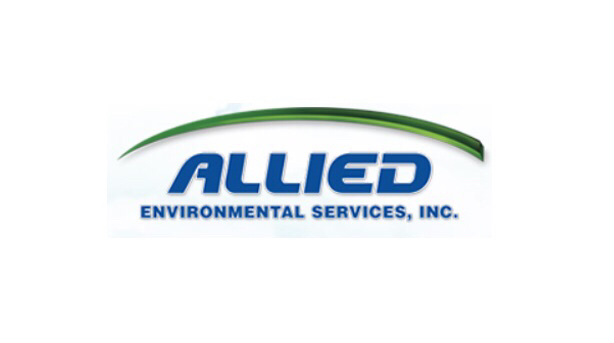Information
-
Audit Title
-
Client / Site
-
Conducted on
-
Prepared by
-
Location
1.0 - Previous inspection
-
1.1 - Has the last inspection been reviewed?
-
1.2 - Have all previous discrepancies been corrected?
2.0 - Fall Protection Subpart M - 1926.500
-
2.1 - 100% Fall Protection for all trades when 6' or above
-
2.2 - Rebar - protected and reinforced steel rebar caps in place
-
2.3 - Perimeter guardrails in place (42", 21") and toeboards
-
2.4 - Perimeter guardrails - using cable - must be 1/2 inch diameter
-
2.5 - Perimeter guardrails - using cable - flagged every 6 feet
3.0 - Scaffolds Subpart L - 1926.450
-
3.1 - Plastic or visqueen must have holes in it for wind and ventilation
-
3.2 - Scaffold tagged as to condition - Green ok to use Yellow Use Caution - Red - Do Not Use
-
3.3 - Suspended scaffold - personnel using 100% fall protection
-
3.4 - Mobile scaffold - casters are locked when in use
-
3.5 - Access ladders being used
-
3.6 - Passerby protection provided.
-
3.7 - Baseplates must be nailed down (if using mud-sills)
-
3.8 - Screw jacks with baseplates or casters (screw jacks not extended over 12 inches)
-
3.9 - End rails in place at 42 inches and 21 inches with toe boards
-
3.10 - Toe boards in place - at least 4 inches high
-
3.11 - MId rails in place at 21 inches (cross bracing alone not sufficient)
-
3.12 - Top rails in place at 42 inches (cross bracing alone not sufficient)
-
3.13 - Tight floors (no more than 1 inch between planks)
-
3.14 - Planks minimum 12 inches overlap or fastened down
-
3.15 - Daily pre-shift inspection performed by a competent person
-
3.16 - If more than 4:1 - is scaffold tied into structure at 26 feet vertical and 30 feet horizontal
-
3.17 - Mobile scaffold - more than 3:1 - tied to structure or need outriggers
-
3.18 - Scaffold grade planks (no 2x4, etc)
-
3.19 - Scaffold planks extend over end supports at least 6 inches - not more than 18 inches
4.0 - Housekeeping Subpart B - 1926.25
-
4.1 - Passageways & aisles clean and clear
-
4.2 - Material organized and neatly stacked
-
4.3 - Nails on lumber removed or bent down
-
4.4 - Dumpsters and trash cans provided
-
4.5 - Oil, grease, water, ice, etc., removed and floors dry
-
4.6 - Adequate ventilation is provided at all levels
-
4.7 - No trip hazards
5.0 - Electrical Subpart K - 1926.400
-
5.1 - Temporary Construction Lighting - 1926.56(a)
-
5.2 - Electrical panel boxes - must be covered and secure when energized
-
5.3 - GFCI's (Ground Fault Circuit Interupters) in use
-
5.4 - Extension cords OK - no flat cords or frayed/broken insulation
-
5.5 - Power tools with proper grounds (unless double insulated)
-
5.6 - Temporary wiring tied up or organized to prevent trip hazards
-
5.7 - Lock Out / Tag Out program in place (when needed)
-
5.8 - Are electrical danger signs posted (if needed)
6.0 - Personal Protective Equipment Subpart E - 1926.95
-
6.1 - Wearing hearing protection (when necessary)
-
6.2 - Wearing full body harness, lanyard and connected to anchor point (when necessary)
-
6.3 - Wearing construction boots at all times
-
6.4 - Wearing safety glasses at all times
-
6.5 - Wearing hard hats at all times
-
6.6 - Wearing gloves (when necessary)
-
6.7 - Wearing face shields (when necessary)
7.0 Ladders Subpart X - 1926.1050
-
7.1 - Color coded inspection current
-
7.2 - Step ladders fully opened when in use
-
7.3 - Extension and job made ladders properly sloped at 4:1
-
7.4 - Extension and job made ladders secured at top and bottom
-
7.5 - No metal ladders
-
7.6 - Ladders properly stored to prevent falling and damage
-
7.7 - Extension and job made ladders extend 3' beyond working level
-
7.8 - Step ladders - workers not standing or working on 2nd to last step and top
8.0 Excavations Subpart P - 1926.650
-
8.1 - Competent person performed daily inspection and completed inspection document
-
8.2 - Utilities located and marked
-
8.3 - 4 feet or more - ladder must be within 25 feet of each worker
-
8.4 - 4 feet or more - ladder must extend 3 feet above grade
-
8.5 - 4 feet or more - oxygen must be tested or monitored if using fuel powered equipment
-
8.6 - 5 feet or more - must slope, shore bench or use trench box
-
8.7 - If sloped or benched - is it correct - (Type A - 3/4:1, Type B - 1:1, Type C - 1 1/2: 1)
-
8.8 - Does protective shoring meet timber and/or aluminum specs
-
8.9 - If using trench box - are connections secure
-
8.10 - Adjacent structures - protected and supported (if needed)
-
8.11 - All materials and spoil dirt stored 2 feet or more from edge
-
8.12 - If left open overnight or if not working on presently - barricaded properly with solid barricades
9.0 - Hand and Power Tools Subpart I - 1926.300
-
9.1 - Tool inspection color code current
-
9.2 - Right tool for the job
-
9.3 - Prompt repair of defective / broken tools (or taken out of service - red tagged until repaired)
-
9.4 - Power tools must have proper grounds (unless double insulated)
-
9.5 - Power tool safe guards in place
10.0 - Emergency Procedures, First Aid Subpart D - 1926.34, 1926.35, 1926.50 1926.51
-
10.1 - Emergency numbers posted and available to all workers
-
10.2 - Maps and directions to nearest emergency medical facility available
-
10.3 - First aid kit stocked and available to workers
-
10.4 - Emergency eyewash available within 100 feet of work (chemicals, acids, caustics)
-
10.5 - Hand washing facilities or kit available to workers
11.0 - Barricades, Signs and Signals Subpart G - 1926.200 and Subpart M 1926.500
-
11.1 - Floor/Roof openings covered and labeled 'HOLE'
-
11.2 - Pits and shafts barricaded (all levels)
-
11.3 - Exits labeled - (with signs or paint)
-
11.4 - 100% Hard hat and safety glasses required signs posted
-
11.5 - Job signs up (No Trespassing, Danger, Construction Site, Do Not Enter)
12.0 - Stairs and Walkways Subpart X 1926.1050
-
12.1 - Steps and floorboards ok
-
12.2 - Metal pan stairs are filled in or barricaded
-
12.3 - 4 or more risers or 30 inches or more have hand rails
-
12.4 - 19+ inches break in elevation needs steps
-
12.5 - Doors opening onto landing have 20 inches of room from door to rail
-
12.6 - Clear of dirt, ice, snow, mud, trash, etc.
13.0 - Welding and Cutting Subpart J -1926.350
-
13.1 Torch, welding leads, hoses, gauges in good repair and operational
-
13.2 - Cylinders in use are secured and upright
-
13.3 - Cylinders in storage secured and upright - separated by 20 feet or 30 minute fire barrier
-
13.4 - Flameproof tarps, screens and shields (as required)
-
13.5 - Welding hood, gloves, and body protection worn
-
13.6 - Extinguisher and or water hose available
-
13.7 - Fire watch in progress (if required and up to 30 minutes after task completion
-
13.8 - If welding or torch cutting in confined space - refer to OSHA standards for guidance
14.0 - Fire Protection and Prevention Subpart F 1926.150
-
14.1 - Fire hydrants accessible - no material or equipment blocking
-
14.2 - Route for emergency vehicles is accessible
-
14.3 - Fire extinguishers immediately accessible for hot work
-
14.4 - Emergency Action Plan developed and posted
-
14.5 - No smoking signs posted and enforced (where needed)
-
14.6 - Flammables stored away from buildings and structures
-
14.7 - Containers and fuel tanks clearly identified with warning lables
-
14.8 - No smoking, burning, etc. around flammables
-
14.9 - Re-fueling in open areas or hot work permit obtained
-
14.10 - Flammable paints - no more than 25 gallons per room
15.0 - Confined Spaces Subpart C 1926.21 and 1910.146
-
15.1 - Permit completed by a competent person prior to entry and after condition change
-
15.2 - Is space identified with signage prior to entry
-
15.3 - Emergency equipment on hand and in place
-
15.4 - Protective equipment used
-
15.5 - Space ventilated prior to and during operations
16.0 - Crane, Derrick, Hoist and Elevator Subpart N -1926.550
-
16.1 - Daily inspection of crane and equipment performed prior to use - documented
-
16.2 - Crane has annual inspection within 1 year
-
16.3 - Crane has anti two-block lock devise
-
16.4 - Power lines with adequate clearance, cleared, de-activated, or sleeved
-
16.5 - Crane horn working
-
16.6 - Outriggers, tracks, and cribbing on solid ground
-
16.7 - Wire rope in good repair
-
16.8 - Spring loaded safety latch on crane hook
-
16.9 - Crane has original load charts
-
16.10 - Tag lines must be used
-
16.11 - Rigging inspected and found in good repair - Slings, Chokers, Chains, Shackles
-
16.12 - Unauthorized workers kept clear of lifts - area barricaded
-
16.13 - Qualified Signalmen used when needed
-
16.14 - Signals understood and observed
-
16.15 - Swing radius barricaded
17.0 - Mobile Equipment and Vehicles Subpart O -1926.600
-
17.1 - Daily pre-use inspection performed and documented
-
17.2 - Lights working
-
17.3 - Brakes working
-
17.4 - Horn works
-
17.5 - Back up alarm working and loud enough to warn of backing
-
17.6 - Qualified operators
-
17.7 - Wheels chocked when necessary or required
-
17.8 - Load limits observed
-
17.9 - Windshield, windows and mirrors clean with no obstructions
-
17.10 - No unsafe hauling of people or materials
18.0 - Powder Actuated Tools Subpart I - 1926.302(e)
-
18.1 - Qualified operators - must have training card
-
18.2 - Hearing protection and safety glasses worn
-
18.3 - Tools and loads are protected from unauthorized use
-
18.4 - Tools and loads are not left unattended
-
18.5 - Tools and loads are kept separate in storage
-
18.6 - Signs and barricades posted/erected to warn other workers of tool use
19.0 - Hazard Communication Subpart Z - 1910.1200
-
19.1 - Written HAZCOM program available on worksite
-
19.2 - Hazardous Materials Inventory current on jobsite
-
19.3 - MSDS or SDS (Material Safety Data Sheets / Safety Data Sheets) on jobsite
-
19.4 - All containers clearly marked with contents and are labeled as to hazards
Miscellaneous Items
Follow-Up
-
Follow-Up and Assignment
-
To Be Completed By:
-
Follow-Up and Assignment
-
To Be Completed By:
-
Follow-Up and Assignment
-
To Be Completed By:
-
Follow-Up and Assignment
-
To Be Completed By:
-
Follow-Up and Assignnment
-
To Be Completed By:
General Comments
Sign Off-
-
On site representative
-
Auditor
